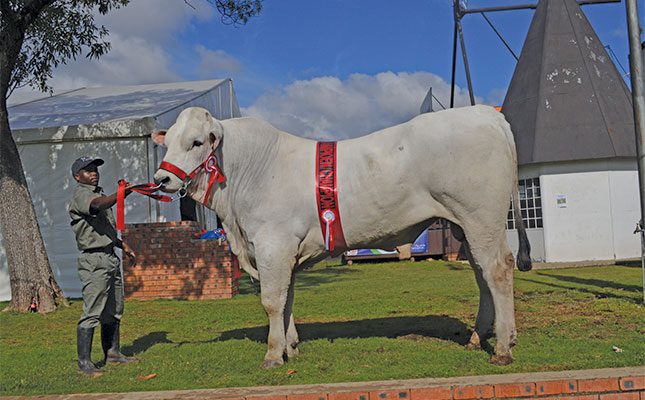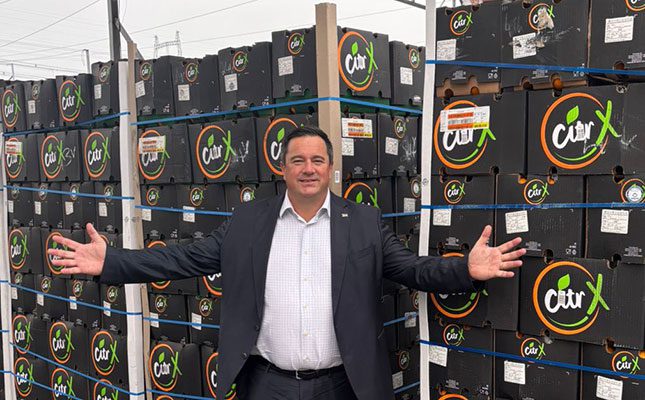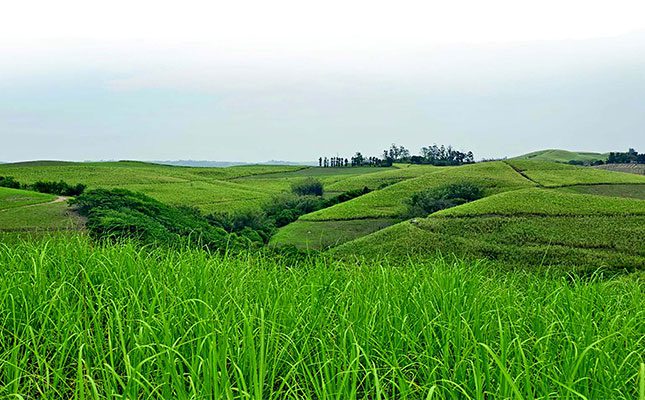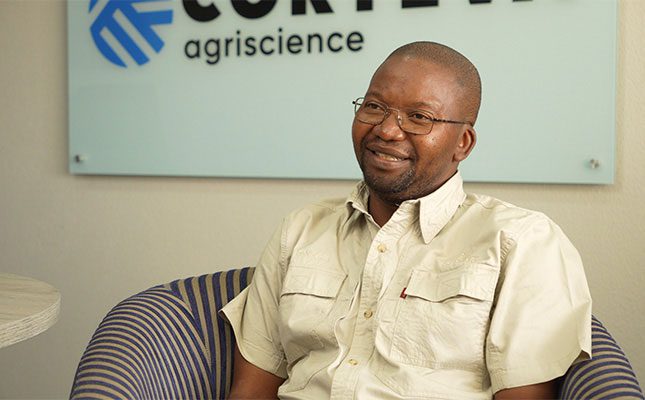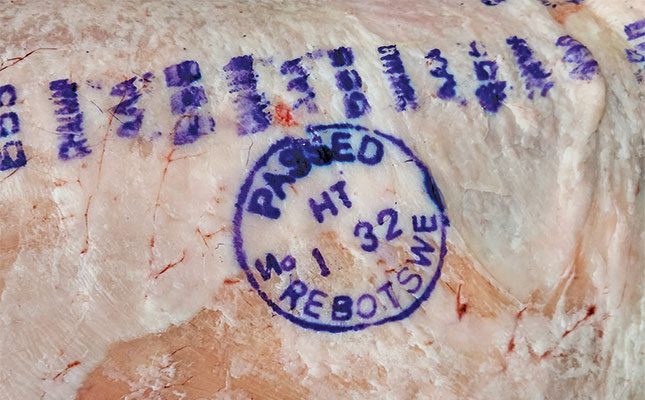
Photo: Supplied
In an industry where food safety and public trust are paramount, South Africa has developed a rigorous framework to safeguard meat products from farm to fork.
At the heart of this framework is the Meat Safety Act of 2000 (the Act), a legislative cornerstone that has redefined the standards for meat processing, inspection, and distribution.
Dr Gerhard Neethling, general manager of the Red Meat Abattoir Association in Pretoria, Gauteng, is a prominent advocate for these measures, ensuring that every stage of meat production meets nationally recognised benchmarks.
A legislative foundation for meat safety
According to Neethling, the Act was established to promote meat safety and maintain essential national standards within abattoirs. It clearly stipulates that “no person may slaughter any animal at any place other than an abattoir”, and further mandates that meat for human or animal consumption must only come from a facility that meets these standards.
“The Act isn’t just a legal requirement; it’s a commitment to every consumer that the meat they consume has passed through rigorous safety checks,” says Neethling.
He adds that this emphasis on controlled processes and facility compliance helps prevent potential contamination and assures the public of the product’s integrity.
Tailored solutions for diverse facilities
The regulatory framework also accounts for the varying scales of operation. According to Neethling, the Red Meat Regulations provide guidelines for registering abattoirs, accommodating everything from small, rural facilities to high-throughput establishments.
“Understand that not every facility is the same.
“Our regulations are designed to be scalable, ensuring that even abattoirs that slaughter a limited number of cattle per day operate under the same strict safety protocols as larger operations,” he explains.
This adaptability ensures that meat safety is maintained uniformly, regardless of facility size, ultimately supporting a robust national food safety net.
Measures for inspection and quality control
Ensuring the safety of meat products involves a multifaceted approach that begins well before the product reaches the consumer. The process starts with ante- and post-mortem inspections, critical checkpoints to assess the health of animals prior to and after slaughter.
“Every animal destined for our tables is subjected to a thorough health assessment, ensuring that only safe, high-quality meat is approved for consumption,” says Neethling.
In 2017, government introduced the Meat Inspection Scheme, which mandated the appointment of meat inspection assignees at high-throughput abattoirs, with smaller facilities appointing their own inspectors. This scheme underscores the importance of consistent, expert oversight in the meat production process.

Quality assurance programmes further bolster this safety network by implementing hazard analysis and critical control point (HACCP) systems. These programmes are designed to identify and mitigate risks throughout the production process.
“By integrating HACCP systems, we not only comply with international standards but also pre-emptively address potential hazards before they can affect public health,” says Neethling.
The multilayered approach ensures that every approved carcass bears an official stamp, marking it as safe and quality-assured.
Veterinary residues, pesticides, and microbiological safety
Beyond the physical process of slaughter, the Act and subsequent regulations mandate extensive monitoring programmes. These are critical for tracking veterinary residues, pesticides, heavy metals, and the microbiological quality of the environment, equipment, products, and even the personnel involved in the slaughtering.
“Our commitment extends to ensuring that every component, from the animal’s health to the tools used in processing, meet stringent safety criteria,” says Neethling.
He adds that the regulations further require producers to present a declaration of health with every batch of livestock, confirming adherence to veterinary medicine withdrawal periods and ensuring that only healthy animals enter the supply chain.
Upholding animal welfare
Neethling says that integral to the discussion of meat safety is the consideration of animal welfare, a principle deeply embedded in South Africa’s regulatory framework.
The Red Meat Regulations lay out clear measures for the handling and transport of livestock. These include guidelines for loading capacity, restrictions on mixing animals of different sizes, mandatory water provisions, and enforced rest periods before slaughter.
“Animal welfare isn’t just a buzzword; it’s an ethical imperative that directly impacts meat quality,” explains Neethling.
He adds that the requirement for stunning prior to bleeding is a particularly crucial welfare measure, ensuring that animals experience minimal distress during the slaughter process. This commitment not only aligns with humane practices but also contributes to the quality and safety of the meat produced.
Oversight by requlatory agencies
Neethling says effective enforcement of these safety standards is achieved through
a collaborative effort among various regulatory agencies. The Department of Agriculture plays a pivotal role in setting and overseeing meat safety standards.
Provincial veterinary authorities, delegated the responsibility of registering and monitoring abattoirs, conduct regular audits to ensure compliance.
“Our relationship with provincial authorities is built on mutual trust and a shared vision for maintaining the highest standards in meat safety,” says Neethling.
Additionally, the National Consumer Commission actively enforces consumer protection laws, ensuring that meat products are not only safe but also accurately labelled.
Traceability systems: a rapid response tool
One of the most innovative components of South Africa’s meat safety infrastructure is its traceability system. This system is designed to track meat products from feedlots to the end consumer, enabling rapid responses to potential health risks or contamination incidents.
“Traceability is our first line of defence in the event of [a disease] outbreak or safety issue,” says Neethling. “By knowing the exact source of every meat product, authorities can quickly isolate and address any problems, thereby protecting public health and maintaining consumer confidence.”
The road ahead for meat safety in South Africa
Neethling says that as global food safety standards continue to evolve, South Africa’s regulatory framework remains dynamic, incorporating new technologies and methodologies to stay ahead of potential risks.
The ongoing review and updating of meat safety protocols reflect a proactive stance in the face of emerging challenges in food safety and public health.
“Our regulatory framework is built to be adapted. Whether it’s new findings on microbiological risks or advanced techniques in quality control, we are com
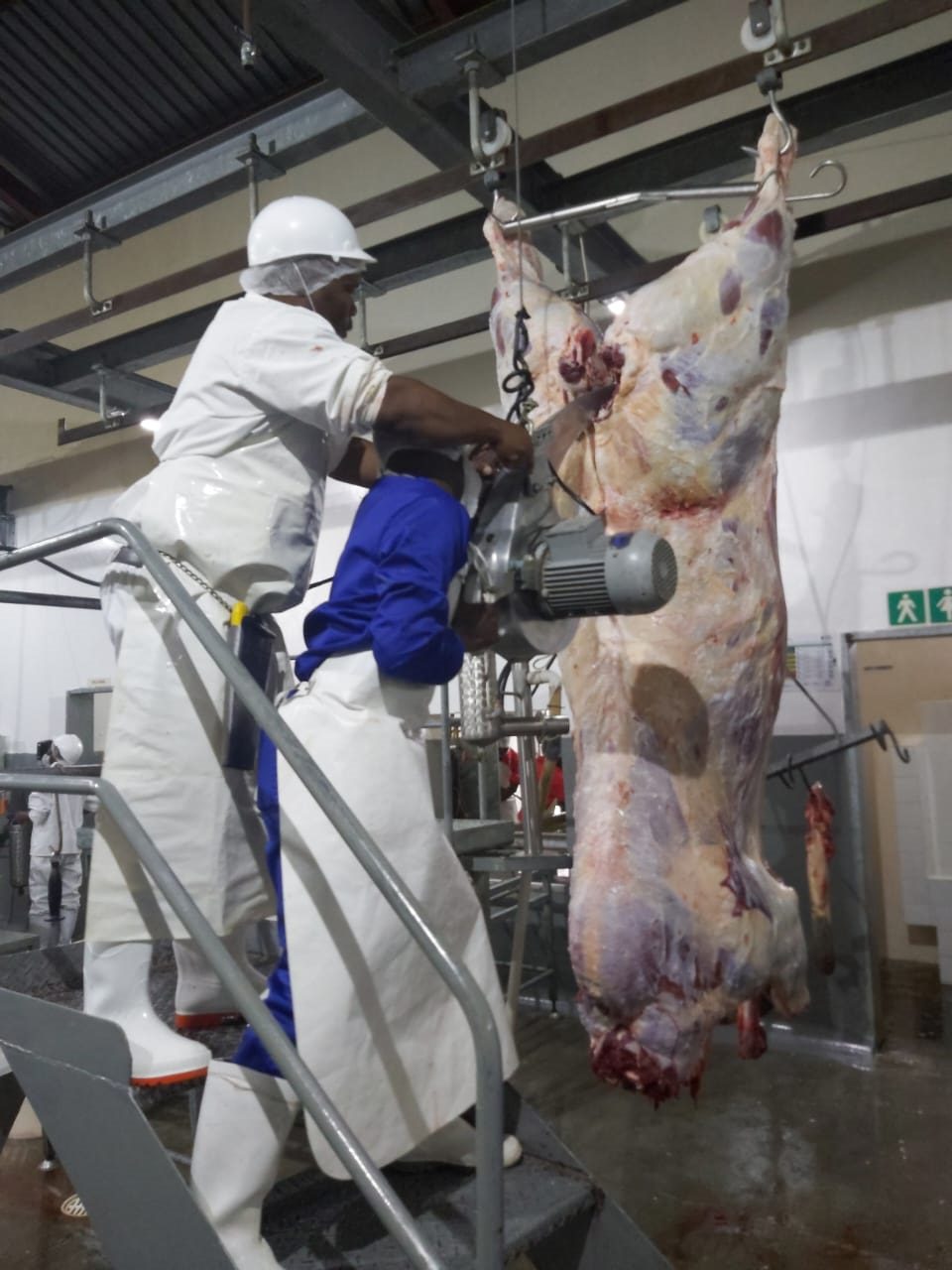
mitted to continuous improvement,” he adds.
This adaptive mindset is particularly important in the context of international trade, where compliance with global standards is essential for the exportation of meat products.
The Act, along with its subsequent amendments and regulatory measures, ensures that South Africa’s meat products are recognised for their safety and quality on the global stage.
“When you see that stamp of approval on a carcass, you can be confident that every single step, from the animal’s rearing to the final inspection, has met rigorous international standards,” says Neethling.
He adds that continuous vigilance and adaptation are important in an ever-evolving industry: “Every regulation, every inspection, and every measure we take is rooted in a deep-seated commitment to public health.”
Raising consumer awareness
The South African government, together with organisations like Red Meat Industry Services, has intensified public education efforts. These initiatives aim to enhance consumer awareness regarding safe meat handling and cooking practices.
“An informed public is our strongest ally against foodborne illnesses. By educating consumers on how to identify reputable sources and properly prepare meat, we reinforce the entire safety chain, from the abattoir to the dinner table,” says Neethling.
He adds that this commitment to consumer education helps bridge the gap between production safety measures and everyday food preparation practices at home.
Enhancing on-farm biosecurity
A significant extension of raising awareness about food safety is the robust biosecurity measures implemented on farms.
“Biosecurity isn’t just about protecting animals; it’s about safeguarding the entire food production process,” says Neethling.
He adds that farmers are advised to adopt practical measures like restricting access to livestock areas, quarantining new animals, and maintaining impeccable sanitation practices.
The use of disinfectant footbaths and proper personal protective equipment further minimises the risk of pathogen transmission.
Leveraging technnology to improve animal health
In addition to conventional biosecurity measures, technology is playing an increasingly pivotal role in enhancing livestock health. Automated monitoring systems help track critical factors like feeding routines, water quality, and overall animal well-being.
“Technology has revolutionised our ability to manage livestock health. These systems enable us to detect early warning signs of disease, allowing for prompt intervention that protects animal welfare and meat quality,” he says.
For more information visit the Red Meat Abattoir Association at rmaa.co.za.



